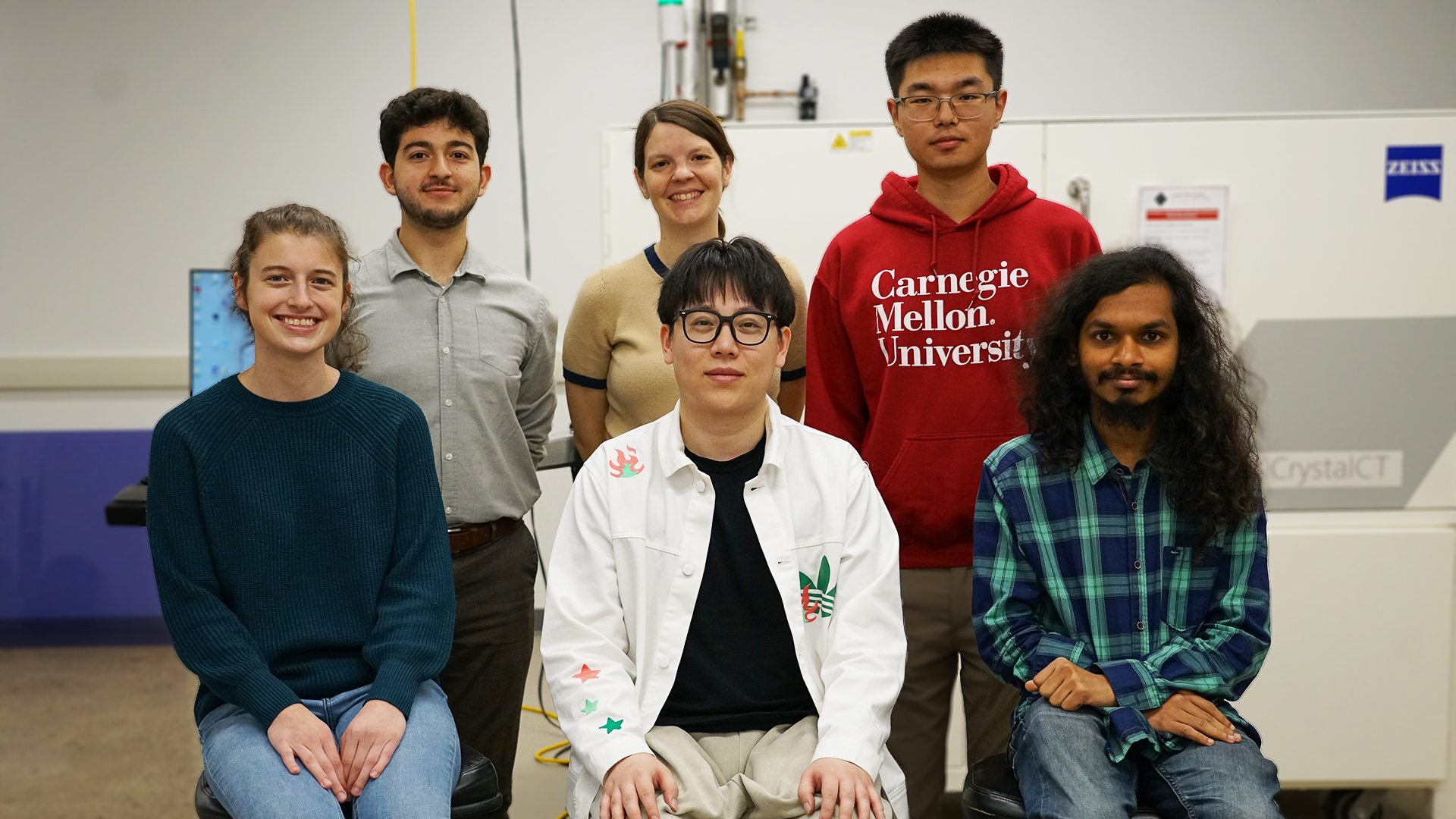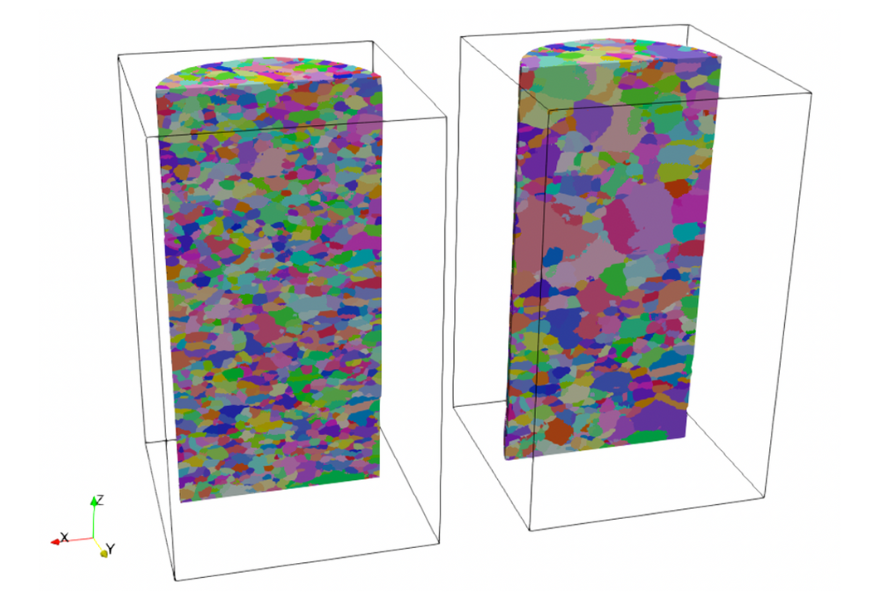New growth perspectives
Monica Cooney
Jul 22, 2025
From metals to ceramics to electronic materials, microstructure and grain size are important to the strength and durability of many devices and tools used in everyday life. Abnormal grain growth (AGG) occurs when a few grains in a material grow much larger than the rest, and has significant effects on the properties and performance of materials.
AGG can either improve or harm materials’ properties depending on the application. Some manufacturers will add particles to materials to try to prevent AGG in order to achieve a uniform grain structure that can optimize performance in products such as engine parts and electronics.
Scientists don’t fully understand why AGG occurs, but advancements in microscopy technology have enabled researchers to challenge long-held theories. Associate professor of materials science and engineering Amanda Krause and her research group are among those studying how to better predict how processing methods impact a material’s structure.
Recently published work investigates AGG using 3D X-ray imaging of high-purity nickel heated to 800°C. Their findings in this study have disproved some existing theories, finding that initial grain size and a grain’s curvature are not connected to AGG. These theories have not been tested before because typically a material has to be polished or destroyed prior to imaging, preventing the same microstructure from being viewed at different times in the process; however, this study took a different approach.
“The technique that we used allows us to image the initial microstructure in 3D prior to the abnormal growth without destroying it. We can then look at it again after growth,” said Krause.
Energy levels at the grain boundaries (i.e., interfaces between grains) also did not have a significant impact on causing AGG. The results instead suggest that specific grain boundary structures, such as asymmetric tilt boundaries, could trigger abnormal growth.

Krause Research Group Members
“The results of this research are guiding us in the right direction,” said Krause, who is eager to use these findings in future studies.
Additional forthcoming research will examine AGG in ceramics, looking at pores in samples as the impetus for growth to occur. While the initial condition cannot be studied in this instance due to technical constraints, the observations of the grains over time have provided new insight into what sustains growth.
“The growth at a constant speed that was observed in our recent work points us to a hypothesis about why abnormal grain growth is occurring,” said Krause.
Continued examination of these growth patterns will hopefully guide new theories that will improve the lifespan of technological devices in the future.
MSE graduate students Yi Wang, Zipeng Xu, Vivekanand Muralikrishnan, and Daniel DeLellis have contributed to this research.


